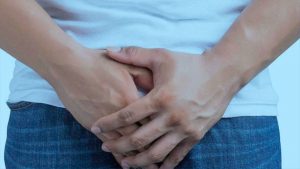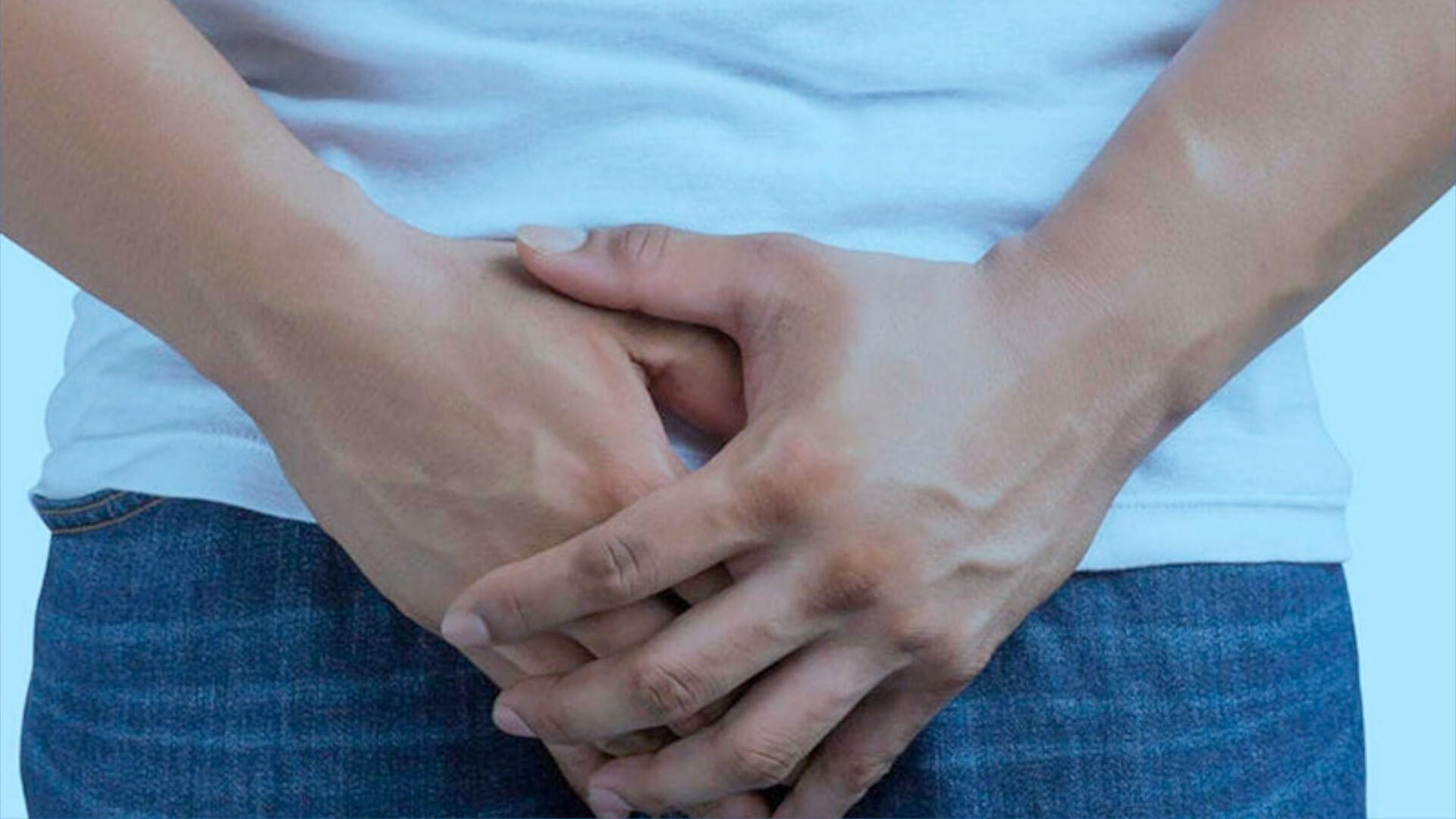Testicular cancer affects one in 250 men aged 25 to 44. Six per cent of cases occur in children and adolescents, and about 8 per cent in men older than 55. The disease occurs in the testicular area under the penis in a sac called the scrotum. Testicles are part of the male reproductive system.
This type of cancer can also affect men with undescended testes, abnormal testicular development or family history of the disease. According to the American Cancer Society about 9300 cases of testicular cancer will be diagnosed in the United States in 2018. About 400 men will die. Most doctors agree that men have to include a testicles examination in their routine check-ups. Some types of testicular cancers show symptoms at the early stage but others not, so it is essential to get examined regularly to find changes that may help to diagnose on time.
Men who have specific risk factors such as undescended testicles or family history may consider self-exams at least one time every month. Self-exams help to know the testicles anatomy to identify changes over time easily, what’s normal and what’s different, and then talk to a doctor if find irregularities. A successfully treated testicular cancer offers a very low dying risk, about one in five thousand men. There lays the importance to seek an early diagnosis; it is crucial to increase the most possible the individual survival rate according to cancer stage.
Testicular Cancer Symptoms
If you have any of the symptoms listed do not delay visiting a doctor. Many of these symptoms can have another origin and not to be cancer. However, the quicker you are examined, the quicker you can start treatment.
- Mass or swelling in the testicle: It is one of the first symptoms of cancer and consists of a mass or bulge of the testicle; the testicle larger than normal. Some of these tumors produce pain and a feeling of heaviness under the abdomen or scrotum.
- Breast growth: Some types of tumors secrete high levels of the hormone called human chorionic gonadotropin that stimulates breast growth.
- Early puberty in males: For children, this type of cancer can cause puberty at a very early age.
Advanced testicular cancer symptoms may be:
- Pain in the lower back area due to the spread of cancer to the lymph nodes.
- Chest pain, cough, breath shortness. These symptoms appear if cancer spreads to the lungs.
- Pain in the belly. Cancer may spread to the liver, or the lymph nodes can become acutely inflamed.
- Headaches or confusion. It may happen if cancer spreads to the brain.
Testicular Cancer Causes
The causes of this pathology are not yet known precisely. However, several factors affect and can increase the development of testicular cancer.
- Undescended testicles. Men born with this problem are more likely to develop testicular cancer. Although corrected with surgery, there is still a risk.
- Family history. You should have a medical checkup if a member of your family, such as a grandfather, father or brother, develops testicular cancer.
- Penis and urethra anomaly. When men present this rare condition, known as hypospadias, there is a high probability of developing testicular cancer compared with men who have not.
- Infertility. An infertility condition may be a factor that feed the risk of developing testicular cancer.
- HIV. Studies have found that men with HIV have a higher risk of testicular cancer.
- Personal medical history. If a man has had cancer one testicle, cancer may develop in the other.
The link between testicular injuries and testicular cancer is inconclusive. However, such injuries can cause swelling in the testicles, so a doctor should be consulted.
Testicular Cancer Treatment
Treatment is based mainly on the type and stage of cancer. One option is surgical removal of the affected testicle; a prosthesis can replace it if cancer has not spread beyond the testicle. Surgery may be the only treatment you need. You should see a specialist doctor for regular check-ups.
To prevent the spread of the cancer additional treatments may be necessary:
- Radiation therapy. X-ray treatment that kills cancer cells with the least possible damage to healthy cells. This therapy can also be used to prevent cancer from coming back after surgery. Testicular cancer usually spreads to the lymph nodes, pelvis or lower abdominal region.
- Chemotherapy. This treatment kills cancer cells and is done through the bloodstream. It can be combined with surgery and also with radiotherapy. The combination would be a complementary treatment, although it is not very common.
If cancer spreads to the lymph nodes and stays in that area, even after treatment with radiation therapy and chemotherapy, the lymph nodes could be removed surgically. This can lead to infertility; however, sexual activity and orgasm will be possible.
Testicular Cancer Types
Testicular cancer grows from germ cells, the cells that produce sperm.
- Nonseminoma tends to develop faster than s It is more common in people in their 20s. These tumors, often composed of more than one cell type, are identified as teratoma, choriocarcinoma, yolk sac tumor and the cells embryonic carcinoma.
- Seminoma occurs in men aged 25 to 50, but can affect men older than 60 years; these tumors can occasionally be a mixture of conseminoma and seminoma and are very sensitive to radiotherapy.











